For the hard charging athlete, pushing to the top of the heart rate range may seem like you are doing a good thing and outperforming. When given a performance target to “hit” we find most of our athletes meet or exceed the plan. There is however the nature of physiology and it doesn’t “care” whether or not you want to perform at higher heart rate, pace or power; more problematic is that may not necessarily be what makes you faster.
Aerobic threshold (AeT). This is a relatively low level of intensity marked by light breathing and the feeling that you could maintain the effort for a few hours. It occurs at about 60% of your aerobic capacity or at about 70% of max heart rate or around 80% of lactate threshold. A ballpark way of determining your aerobic threshold is to subtract 30 beats per minute from your lactate threshold heart rate (Bottom of heart rate zone 5a) or In a sport science lab aerobic threshold is usually defined as the intensity at which lactate just begins to accumulate above the resting level.
What does this mean and why should you care?
If the goal is to train and improve your aerobic capacity (Improved speed/power at lower and even higher heart rates) then it does not matter if you are at the top end of the zone target or bottom!
Example; Your aerobic zone stretches from 120-145bpm (Zone 2 lets say) Do you get any more aerobic benefit training at 145 lets say vs 120? Actually, no.
The goal if it is to train the physiology, is to be within the zone for a certain period of time and recognize that the lower output will still get the job done, be much easier to accomplish and will allow for greater recovery for those more key sessions that are really needed to move the threshold dial..!
You are actually doing yourself a disservice in your training and plan if you decide to go just over the target heart rate as this not only does not accomplish aerobic improvements as readily , it is also more stressful and requires a more extended recovery time. And while it may feel great to go faster (Low zone three ❤️) and build stamina, the key takeaway is you a working a completely different energy system and neglecting another most important one.

Evaluation
Our coaches evaluate and adjust the plan based on time spent in each zone and the current training goals.
Our Tristar ELITE Coaching represents the very best in one to one instruction with our pro coaches. We start off by getting to know you one to one.
Most hungry athletes will find it tempting to push to top of any target we give them. The intelligence of our Tristar coaching team is to show you the different energy systems and their total value to your goals and plan. Sometimes the “ego” gets in the way of your training and this is why “self coaching” can be hard to do as an individual does not have the self objection to know the “red line”.
Train hard… and SMART!
★★★ Tristar Athletes Coaching staff. Have questions? Contact us, we would love to help you as a coach or athlete.
Meet the Coaching Team
Kyle is an All-American triathlete looking to shift his focus towards coaching and helping other triathletes realize their potential, physically and mentally. He knows the impact an informed and empathetic coach can have an an individual’s life, and hopes to have a similar impact on the lives of others he will coach.
As the adage goes, there is no ”I” in team and I want to join your team, helping get you to the start and finish lines of your races. I enjoy creating individualized training plans that reward discipline and consistency as well as providing experienced guidance to achieve your goals." —Coach Suzanne Turner
"Consistency trumps 'big days'. Continuously making deposits in the fitness bank, as small as they may sometimes seem, will make a big withdrawal on race day that much more manageable. That said, every so often 'life happens' and some course-correction is inevitable - that's where the TriStar coaching approach, backed by science and experience, is guaranteed to make a difference." —Coach Attila Kelemen
Adam Daniels is a coach, ultra runner and triathlete based in Boulder, CO. Adam developed his passion for triathlon after many years as a runner and much encouragement from his peers to give it a “tri”. After suffering an injury, Adam started swimming and biking to satisfy his need for an active lifestyle. “It was a much needed break from the thousands of running miles logged training and racing. I developed a whole new competitive drive”. So Adam set out to take on the triathlon world.
Cliff Scherb – Internet endurance consultant is an active triathlete and head of the TriStar Athletes North American and Global Teams. As the founder and principal coach of TriStar Athletes LLC, he works with the ELITE and MENTORSHIP teams to help athletes, balance training stress, nutrition, and peak for top performances. Coaching for 15+ years with over 250+ life years of coaching experience, Cliff imparts this knowledge to aspiring athletes and coaches.
Haluk has been helping elite athletes achieve their maximum potential for over fifteen years. Haluk is excited to be part of the TriStar coaching team, bringing a wealth of racing and coaching experience to all of his athletes.
Meet the Tristar Athletes Team
Tristar Athletes Southwest Team -Leslie "Survivor" Tafoya - athlete bio - “I was runner for many years before I started triathlon in 2012 as a means to cross train. Both running and now triathlon has always been about staying healthy, stress relief and fellowship.”
Tristar Athletes Southwest Team - Brian “Sandman” McGee -” Crossing the finish line for the marathon I experience emotions I will never ever forget. Along with a time I was proud of, just finishing and feeling healthy was all I needed!”
“Uncle Fred Skinner” Athlete bio - Fun facts: Kona Bound in 2020 after winning his age group at IMLV in 2019, Fred lives on a high mountain ski slope in New Hampshire with his wife Virginia, with beautiful views of Lake Winnipesaukee. Fred does his long rides around New Hampshire and every time he gets home he has to ride up the mountain one mile with a steady grade of 13%! (You can actually stand leaning into the mountain in front of his driveway.) Talk about a way to end every bike ride with a 1mi time trial treat on the legs! OUCH! Fred swims in open water across Lake Winnipesaukee during the warmer summer months and is a dedicated athlete.
Kelli "competitive" Rantz - athlete bio. “I am a Certified Pilates Instructor and Movement Specialist. I admit I am a total movement nerd and gait creeper! I just love teaching movement through mind/body connection and balanced muscle control. I am fascinated by watching random people walk, run, and cycle. Lately (about 14 years), I've been really caught up observing incorrect gait and pedal stroke). I really do drive my family, friends and sisters NUTS!”
Joe "Deep South" Rummler - athlete bio - Joe is a get work done kind of athlete, he knows how to put in the time and effort to get where he wants to be. One of our top performers in his age group at most races, Joe is the guy you DONT want to race against in your age group!
Tristar Athletes Southwest - Toby “Red-line” Rider -My first athletic challenge was in 6th grade. I rode my little BMX bicycle from Torrance to Marineland (in Palos Verdes) straight up Hawthorne Blvd. That was several thousand feet of climbing, wearing jeans. I put PB&J sandwiches and a jug of water in my backpack……
Tristar Athletes Southwest Team - "Ultra" Julian Summers - Julian is one of our brightest Tristars! reaching for both the moons and the heavens when it comes to goals. A competitive thirst for going long, and at the same time brining a winning attitude and smile to those he races along side; you can’t help but get caught up in his winning spirit!
Tristar Athletes Southeast Team - Brett “Colonel” Buehner - Brett is a red white and blue Tristar Athlete! One of the most dedicated athletes on our team as well as dedicated to serving the in the United States Army.
Tristar Athletes Southwest - Ash “from OZ” Forrester; “From Australia, love to travel and have lived for periods of time in various parts of the world including stints in London, New York, and now SoCal. Have 8 year old boy/girl twins.“ Coaches Notes: Ash is a fun and passionate athlete and somehow manages to train super hard doing so with a smile. We think he might be missing the “pain gene”!
Tristar Athletes Northeast Team -Walter "gun show" Welsh - Walter has taken on some of the more challenging races in cycling across the country. From Fondo’s to tours, he has improved dramatically in just a few short seasons. Walter came out to our Oceanside race camp in 2019 and wasn’t satisfied with just any long ride, so he blazed his own trail to the top of Palomar Mountain. He wasn’t done there, he helped pull home the entire team on day three from San Diego to Oceanside!
Tristar Athletes Northeast Team -George “Crank arm” Ferris - I am originally from Australia. I came to the US with the objective of studying for two years and then working for two years and I’ve been here now for 26 years.
Tristar Athletes Southwest - Will "Draft Legal" Kampf - “ I look forward to every workout. Well, not every workout. Sessions on the bike trainer kind of hurt! I’m in a transition period of my life. Changing careers and putting my family first. Having a five and three year old has put a lot in perspective and requires a ton of work. It is making me a healthier person and allowing me to also get back into triathlon after a few years off
Tristar Athletes Northeast Team -Kurt "Young Jedi" Skalamera - “….Nothing cools me down like a jump in the ocean after a long run. Nothing hydrates me like an ice cold beer after a long ride. I dive into movies like I dive into the pool: full immersion! Recovery days are the best when I can binge a good show or host a movie marathon. NYC is my home and I love all that it offers for food, culture, art and - not least of all - training!”
Tristar Athletes Southeast Team - Samantha “first place” firstenberg - Hailing from out Southeast geography Sam has been a top consistent Tristar for the past two years. Learn more about her bio and goals.
Tristar Athletes Southwest - Nobuyuki “Yuki” Yukawa - “My first race was Xterra off-road triathlon @ Laguna Beach back in 2016. I started MTB 7 years before that and self-trained for a year and finally I made it. After that race, I came across a swimming group, SMOG, and got to know Cliff and now I'm racing 70.3 Ironman and training is part of my life.
Tristar Athletes Northwest Team - “ ….I have since done several triathlons, including one 70.3 and love the feeling of structure, accomplishment and seeing my friends achieve similar goals. Its a lifelong process and journey that I have embraced and realize that I'm only getting stronger as I get older.”
Tristar Athletes Northwest Team - Angela "ultra competitive" Kirkendall - “I am a mom to Cooper (6), married to Kent. I am a Critical Care Nurse working in the Cardiology Dept. at John Muir Hospital in Walnut Creek. I am ultra competitive person even though in triathlon I am a back of the packer. haha I have tried every sport under the sun as a child, and did well in most of them. Swimming is my happy place, and running is the death of me.”
Tristar Athletes Northeast Team - Bryan “BAM💥” Schleppy - fast, fearless and sporting a handlebar mustache.
Ryan is a top age grouper and top chef in the Los Angeles area. Recently Ryan opened a Plant Based restaurant in the Los Angeles area called Nics on Beverly. Competitive in the kitchen and out on courses!
Tristar Athletes Southwest Team - Chris “Big gains” Graves” - Chris is a husband and father with three teenage kids (aka he was a Tripple Ironman before he even raced one ; ) Learn more about this top level Tristar Athlete
Tristar Athletes Canada- Mathieu “PR” Huot - Mathieu joins the Tristar Team for his first season of racing in 2019 and is on a collision course with a PR at Maine 70.3.
Tristar Athletes Midwest Team - Zach “new mint” Millican - In his first season as a Tristar Athlete Zach Millican has been gaining speed, losing weight and going longer than ever before in a quest for new levels of fitness.
Tristar Athletes Northeast Team - Peter “mäktig” Ekvall - mäktig adjective powerful, mighty, towering …..in Swedish, this is Peter by definition!
Tristar Athletes Southwest Team - Jenn “smiles for miles” Geiger - is one of the most compassionate athletes on the Tristar Athletes team. Jenn also has one of the most “infectious” smiles while racing and training that must be the secret to her success in both triathlon and life!
Tristar Athletes Northeast Team - Eric “burning man” Burns - Already making major strides in his training and racing, you might think Eric has been racing endurance sports for a long time. In fact he is fairly new to the world of endurance sports and is showing great promise in just a few short years.
Tristar Athletes Canada- Marc “the doctor” Attheconer - Leads a double life of multisport and treating his patients at the ER in Canada. Marc is talented at all three disciplines and is one of our top AG performers on the middle distance to long course team.
Tristar Athletes International -Jose “Big Island” Alvarado - Is a top brass Triathlete who this year qualified for the 70.3 Half Ironman World Championships in NICE at the Costa Rica 70.3. Jose has also raced the Ironman World Championships in Hawaii and is no stranger to going fast against the worlds bests.
Tristar Athletes Canada- Sebastien is one of the most accomplished endurance athletes on this planet. In 2012 he successfully climbed Mount Everest and in 2014 he ran across Canada. No slouch on the triathlon circuit, Sebastien has had several low 10hr Ironman races and is a top age group contender…
Tristar Athletes Canada - Julie “go long” Longpre - Will be doing her first Ironman at Mont Tremblant this year. She has three great kids which already makes her a triple ironman! Julie is a positive and upbeat female triathlete role model! A cheerleader for the Tristar team we can’t wait to be there to cheer her on as she finishes her first ironman.


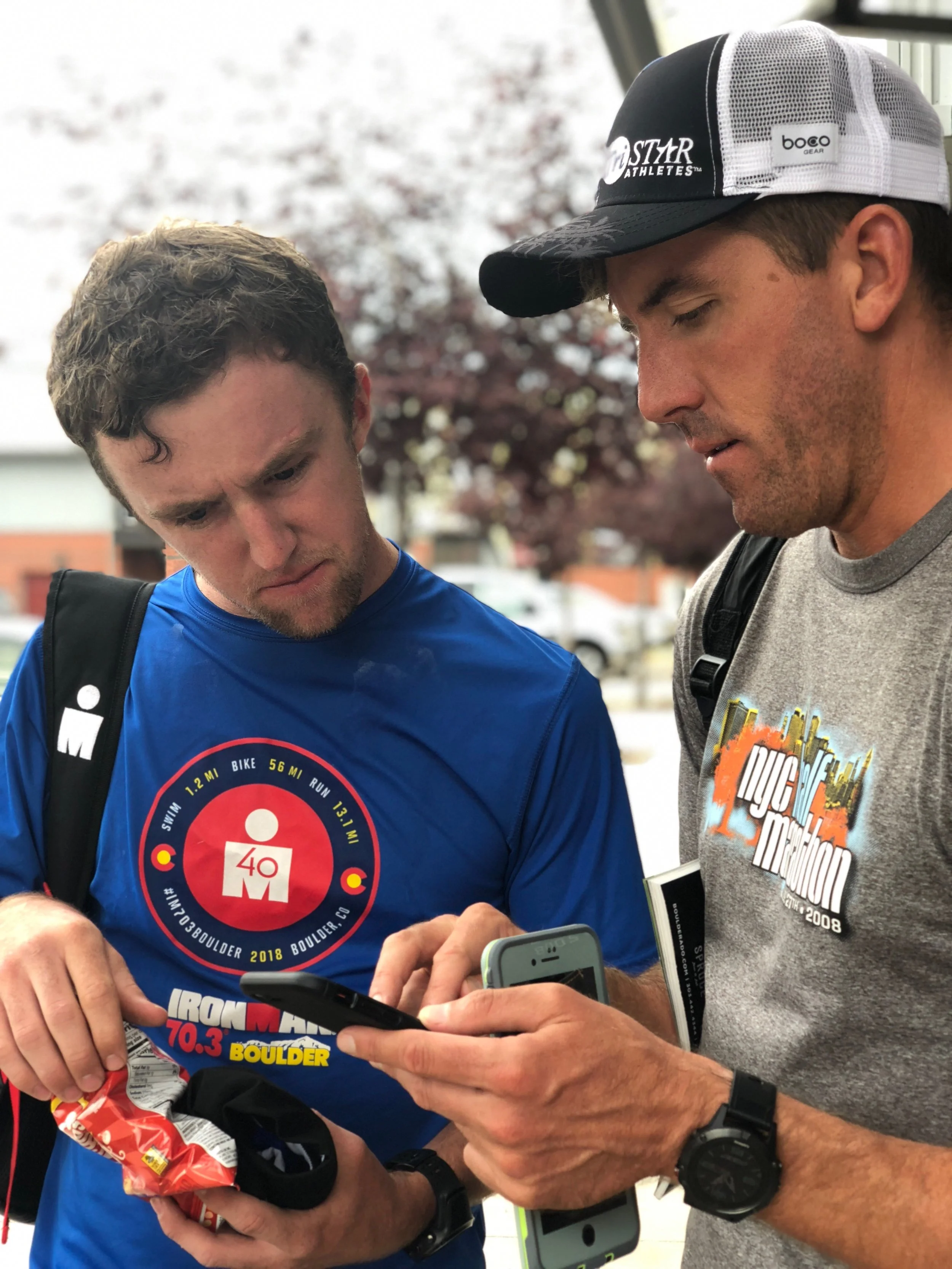














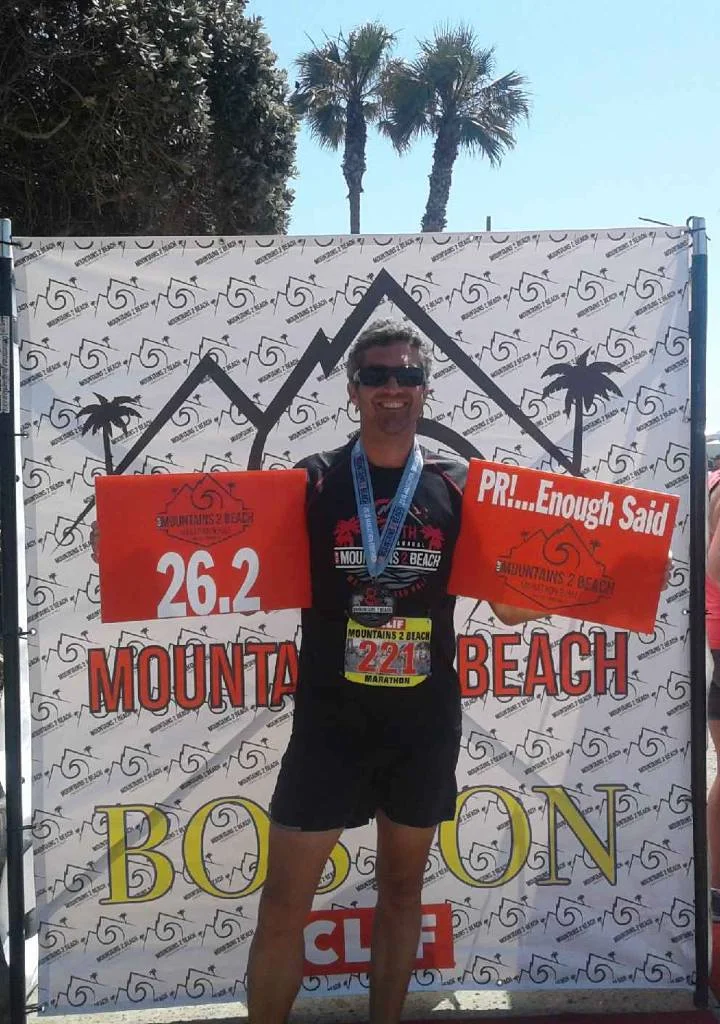









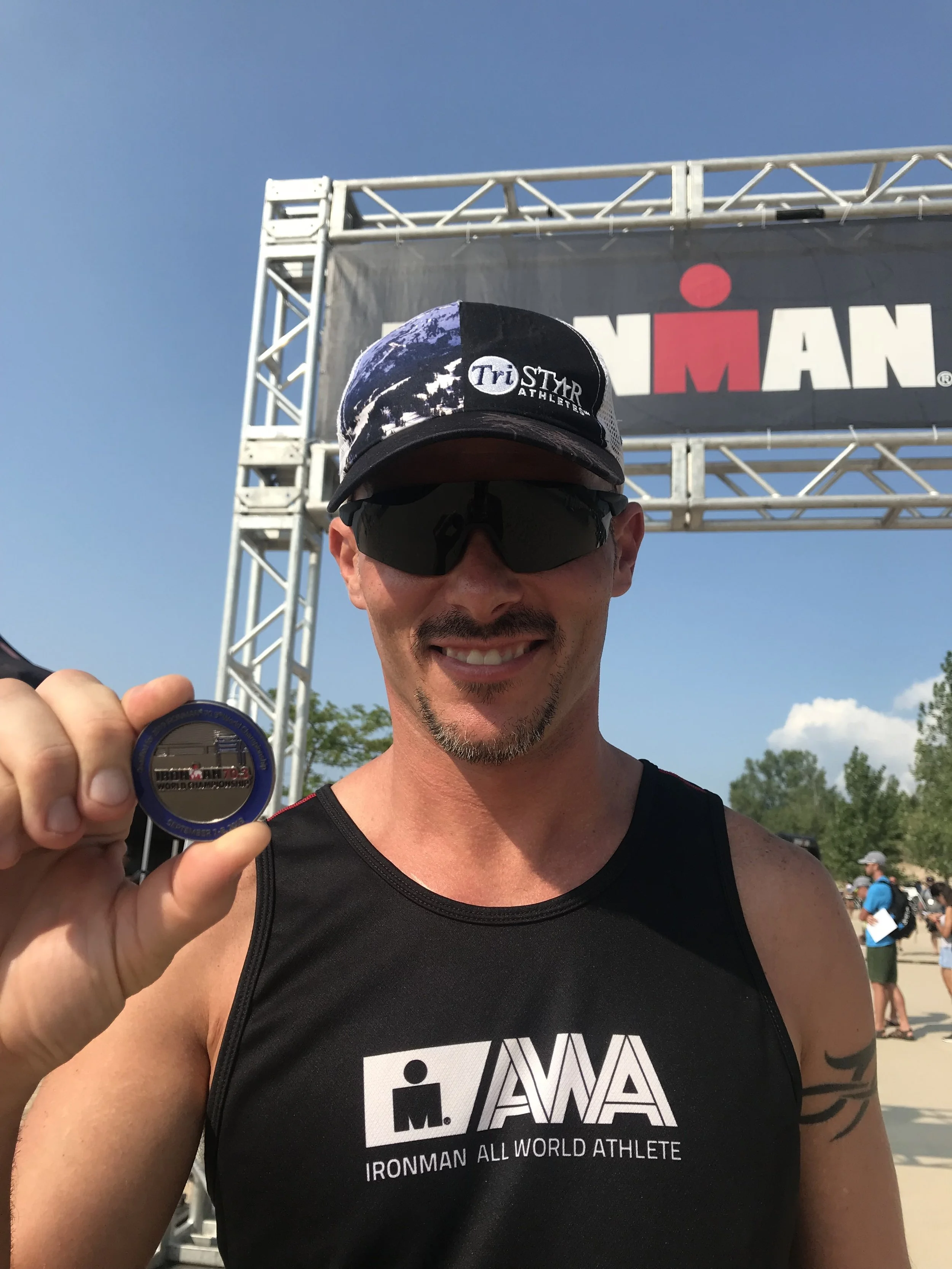




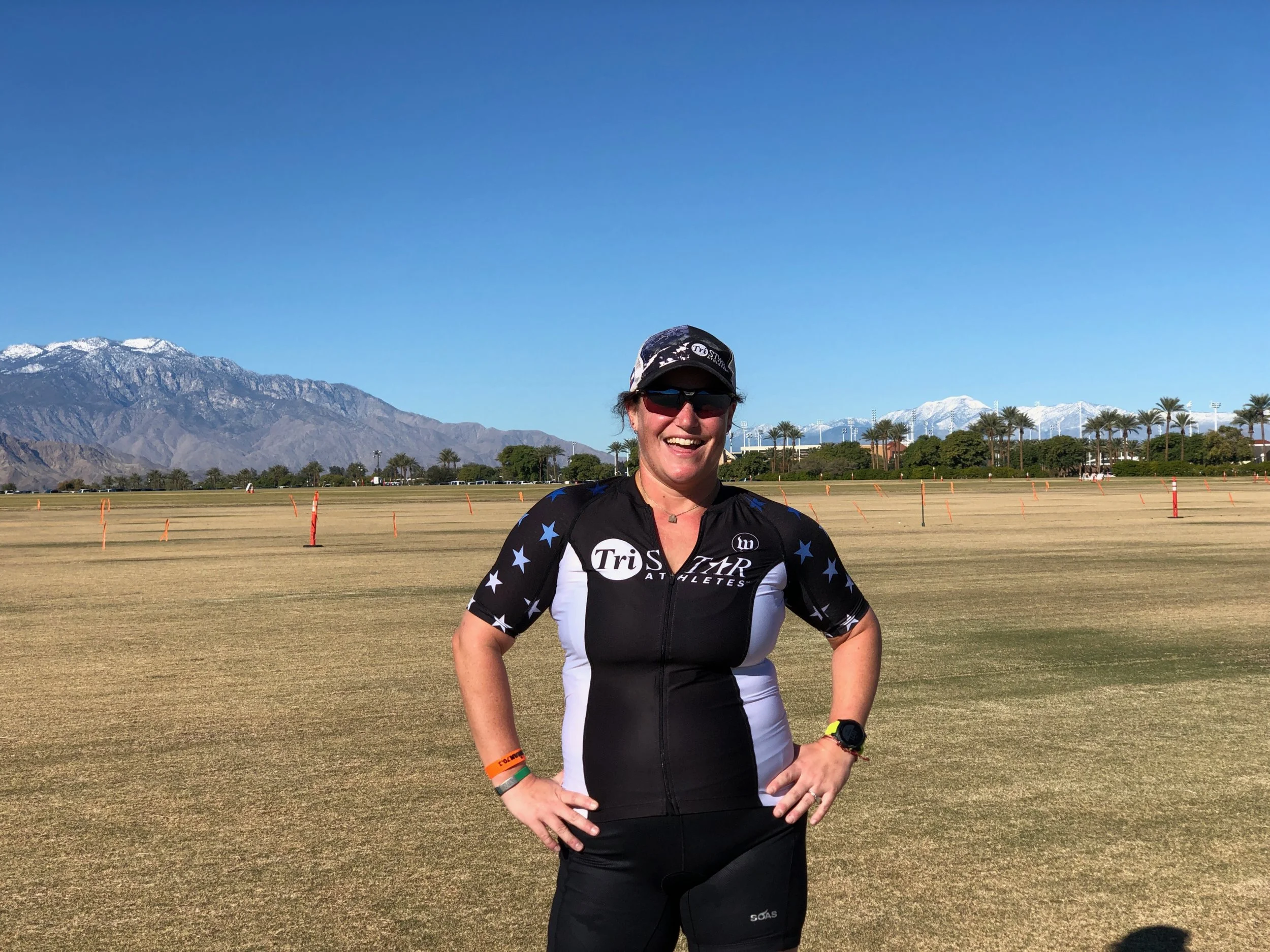

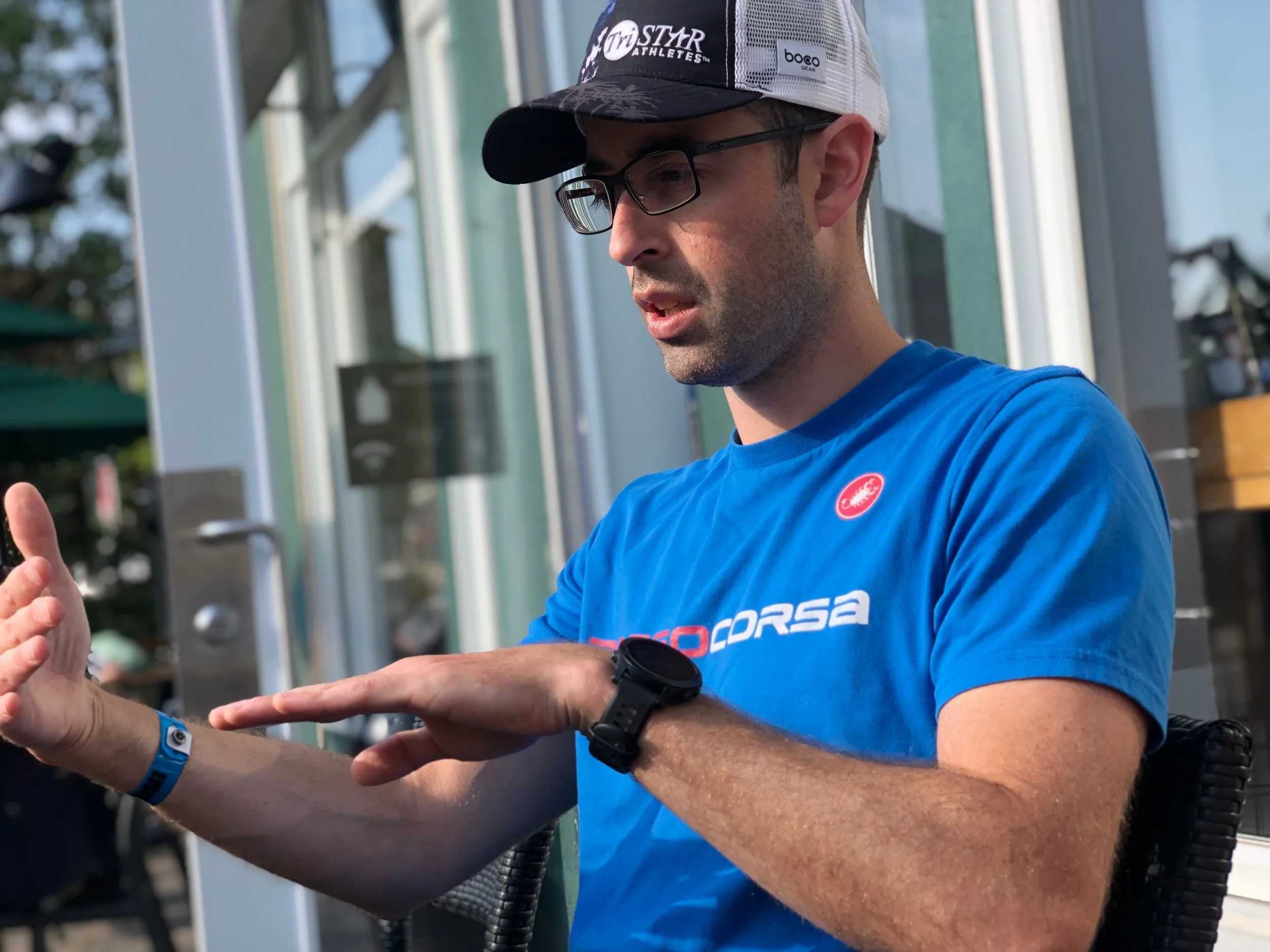



Tristar Athletes Southwest - Durst "Continuous Improvement" Breneiser - athlete bio -”My goal is to continually improve, not just pace and times but my own health and goals, both within triathlon and outside.”